You are here
New Releases
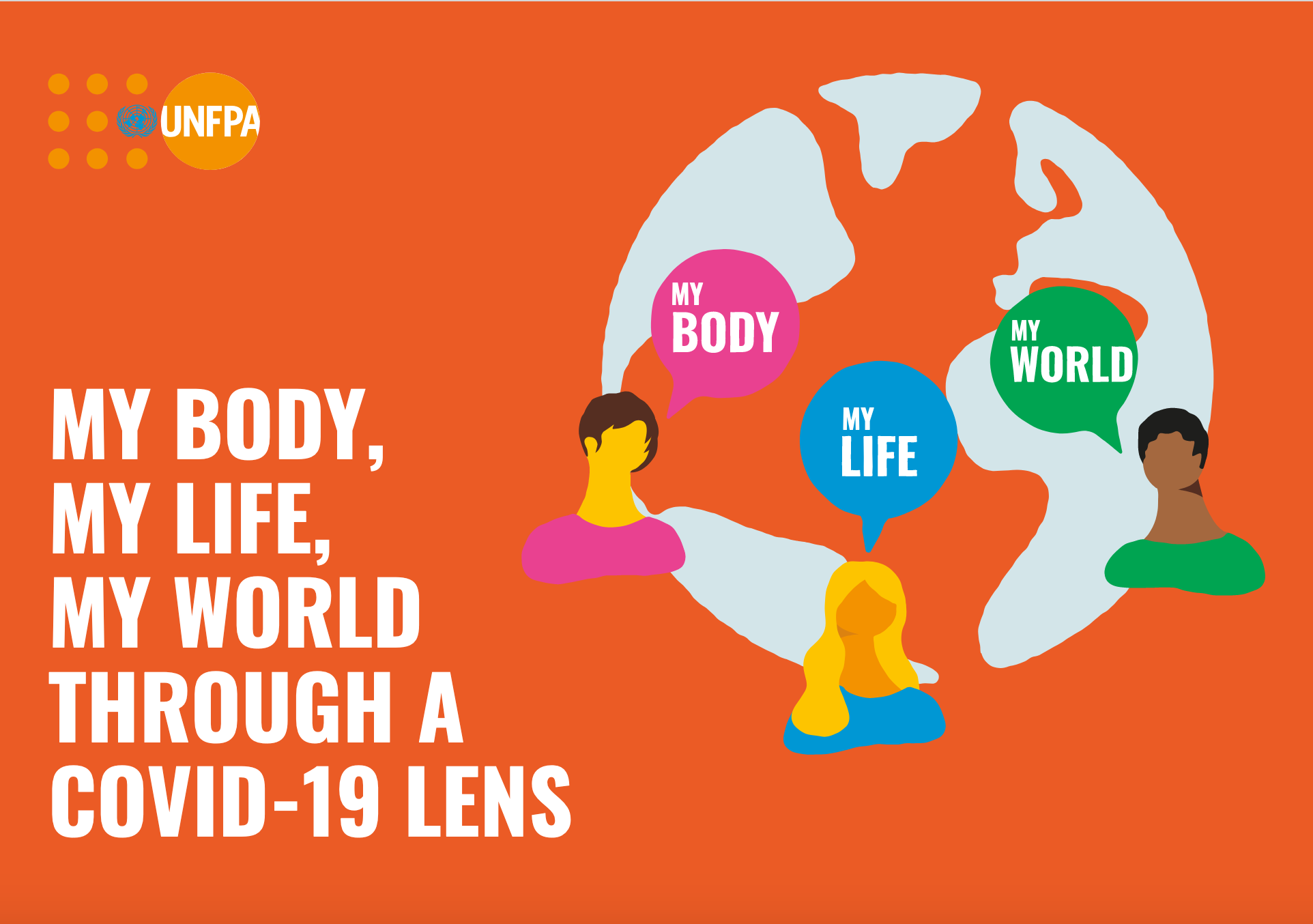
My Body, My Life, My World Through a COVID-19 Lens
UNFPA’s approach to upholding the sexual and reproductive health and rights (SRHR) of adolescents and youth is encapsulated in its global strategy My Body, My Life, My World. The strategy was launched in 2019 to reaffirm and operationalize UNFPA’s commitment to adolescent and youth SRHR 25 years after the International Conference on Population and Development affirmed the rights of girls, women and couples to choice and health.
At the start of 2020, the world was confronted by a pandemic in the form of COVID-19. The pandemic is having a tremendous effect on young people’s lives, health and well-being. Its short-term impacts have already been devastating because of the large-scale interruption of employment, formal and informal education and learning, and health and social services. However, the medium- and long-term impacts could be irreparable if adequate measures are not taken to guarantee adolescents’ and youth’s basic rights to health, safety, choice and voice.
In order to safeguard these rights, UNFPA is supporting countries to reimagine, adapt and supplement the diverse range of interventions already undertaken across country contexts. Recognizing the complexity of this undertaking, the current package of technical briefs provides practical guidance in modular form to facilitate these adaptations. The briefs can be read and applied as a whole set or individually, depending on the context.
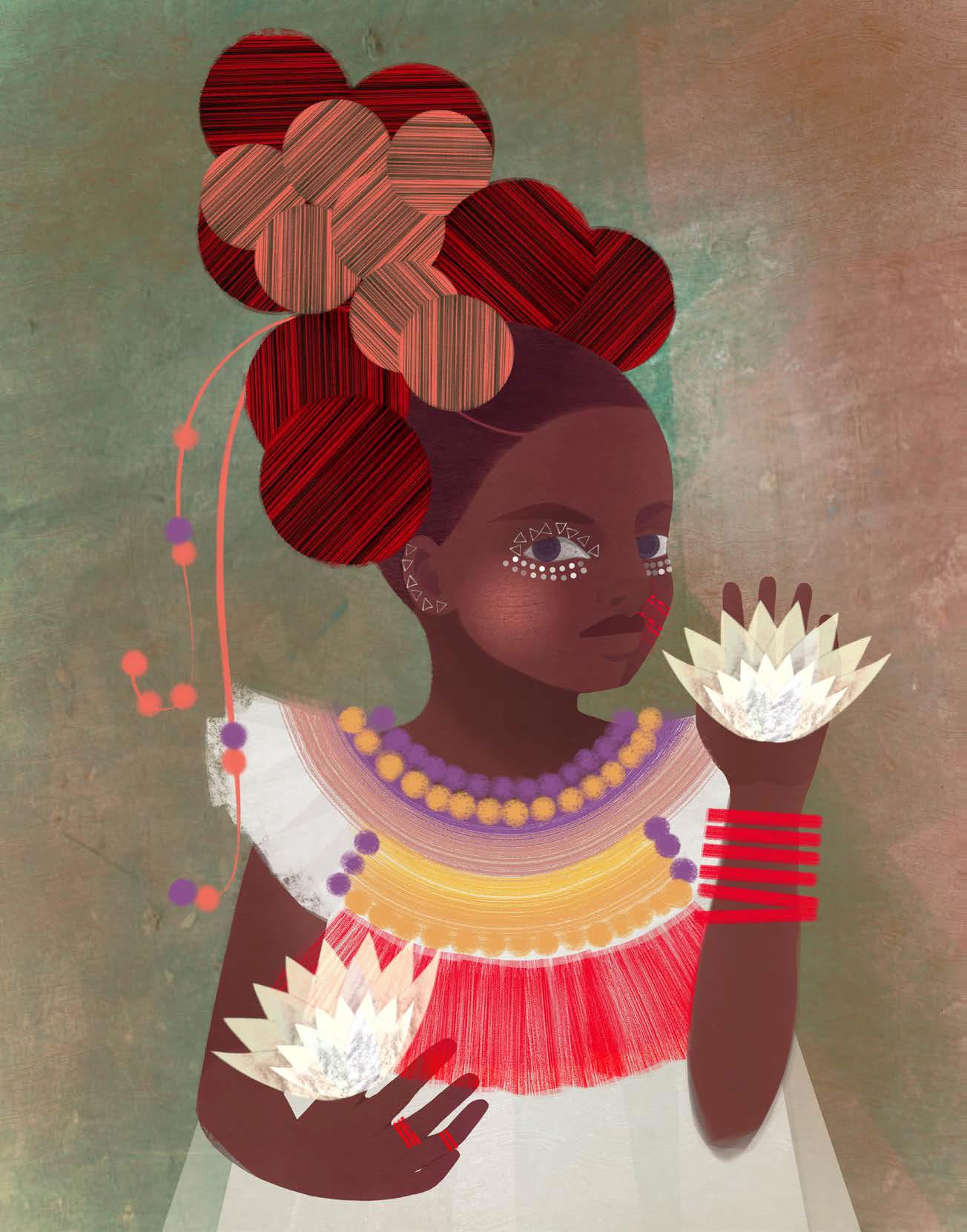
Accelerating the Promise: The Report on the Nairobi Summit on ICPD25
This report captures the unique essence, substance and outcomes of the Nairobi Summit on ICPD25: Accelerating the Promise, co-convened by the governments of Kenya, Denmark and UNFPA on 12-14 November, 2019.
It is launched at a particularly challenging time for sexual and reproductive health and rights worldwide. As countries around the world grapple with the COVID-19 pandemic, we see just how critical the issues highlighted at the Summit are.
Six months after the Summit, countries are already taking steps to make good on their Nairobi commitments. We see increasing calls to prioritize the rights, health and safety of women and girls, including the recent joint ministerial statement on behalf of 59 countries calling for the protection of sexual and reproductive health and rights and promoting gender-responsiveness in the COVID-19 crisis.
The Nairobi Summit set a clear direction for the path ahead, and our forward march continues. It’s time to finally deliver concrete results for women and girls, and ensure that no one is left behind in the final push to 2030 and achieving the Sustainable Development Goals.
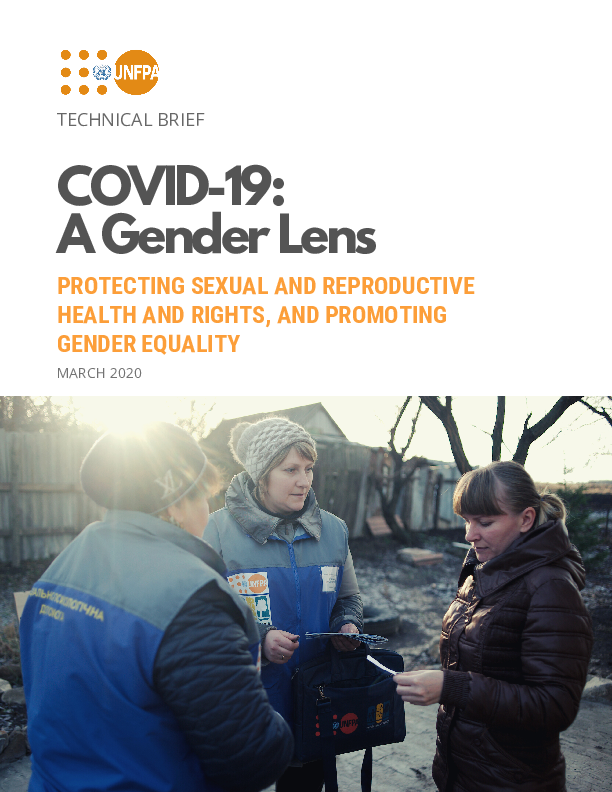
COVID-19: A Gender Lens
Disease outbreaks affect women and men differently, and pandemics make existing inequalities for women and girls and discrimination of other marginalized groups such as persons with disabilities and those in extreme poverty, worse. This needs to be considered, given the different impacts surrounding detection and access to treatment for women and men.
Women represent 70 percent of the health and social sector workforce globally and special attention should be given to how their work environment may expose them to discrimination, as well as thinking about their sexual and reproductive health and psychosocial needs as frontline health workers.
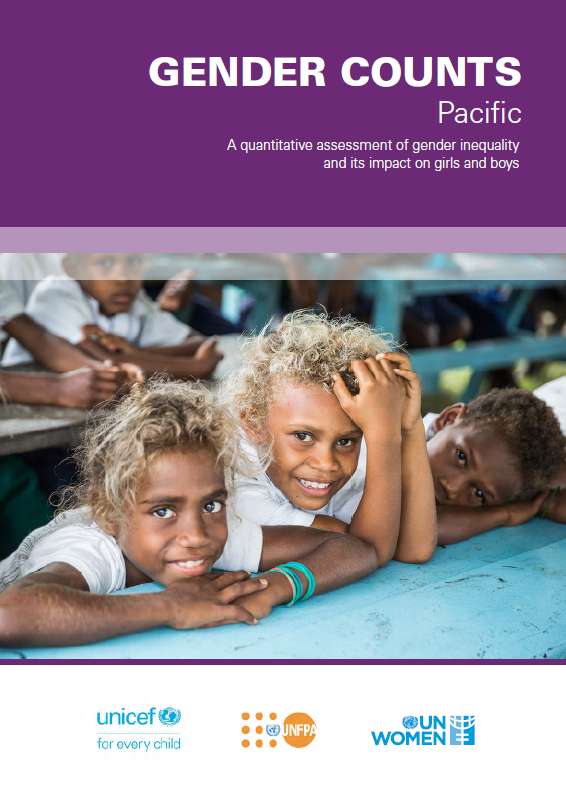
Gender Counts: Pacific
This review utilizes national-level quantitative data to provide a comprehensive profile of how gender inequality impacts girls and boys, in low and middle income countries in the Pacific. This report describes the effects of gender inequality in the domains of health, education and transition to employment, protection and safe environment. The review identifies key data and knowledge gaps relating to gender inequality for children and adolescents, provides recommendations for priority gender indicators, and calls for investments in data collection, additional research and action to address the key drivers of gender inequality in the region.
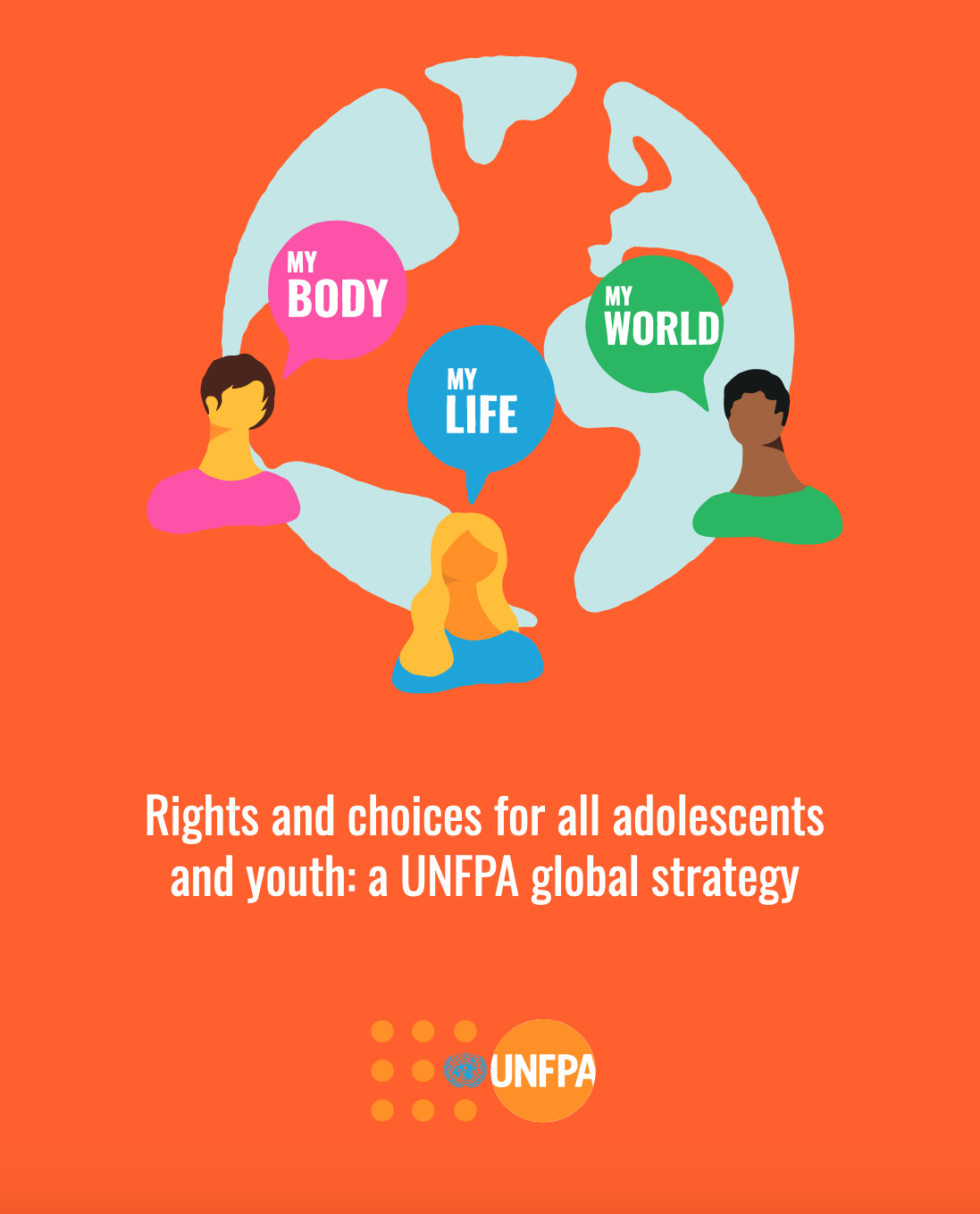
My Body, My Life, My World: Our Strategy
My Body, My Life, My World is UNFPA's new global strategy for adolescents and youth.
It puts young people—their talents, hopes, perspectives and unique needs—at the very centre of sustainable development. In doing so, it supports the achievement of the Sustainable Development Goals, and aligns with the new United Nations Strategy on Youth as well as UNFPA's 2018-2021 Strategic Plan.
Everything UNFPA does rests on the commitments to sexual and reproductive health and rights for all, which is embodied in the 1994 International Conference on Population and Development and its Programme of Action. These commitments are crucial for adolescents and youth.
Young people realizing their rights to make informed choices about their own bodies, their own lives and the world they live in is a matter of justice and a driver of a lifetime of returns.
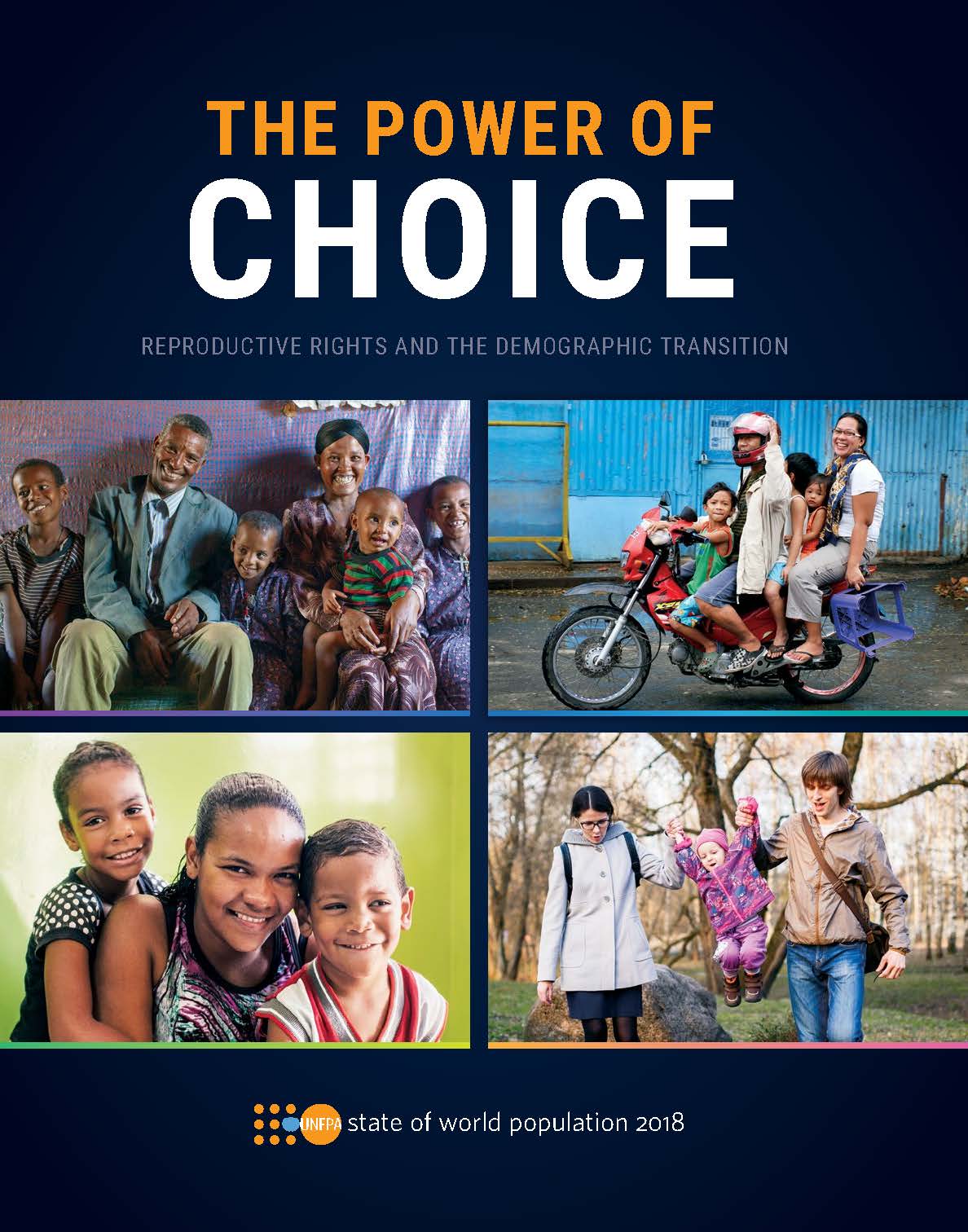
State of World Population 2018
The global trend towards smaller families, including in Asia and the Pacific, is a reflection of people making reproductive choices to have as few or as many children as they want, when they want. When people lack choice, it can have a long-term impact on fertility rates, often making them higher or lower than what most people desire.
Family size is closely linked with reproductive rights, which, in turn, are tied to many other rights, including the right to adequate health, education, and jobs. Where people can exercise their rights, they tend to thrive. Where these rights are stifled, people often fail to achieve their full potential, impeding economic and social progress.

State of World Population 2017
In today’s world, gaps in wealth have grown shockingly wide. Billions of people linger at the bottom, denied their human rights and prospects for a better life. At the top, resources and privileges accrue at explosive rates, pushing the world ever further from the vision of equality embodied in the Universal Declaration of Human Rights.
State of World Population 2016
Annual Report 2016: Millions of lives transformed
Now more than ever, we must ensure that the marginalized, the forgotten—the ones often left behind—can exercise their fundamental human right to decide, free of coercion, discrimination and violence, when or how often to have children.
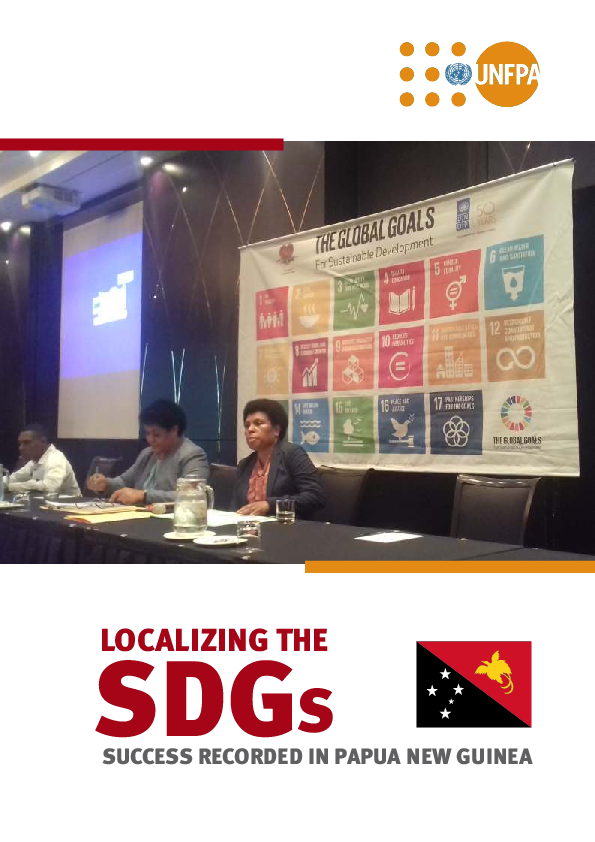
Localizing the SDGs success recorded in Papua New Guinea
Following the adoption by heads of states and governments in September 2015 of the Agenda for Sustainable Development which outlines the quantitative and qualitative objectives across economic, social and environmental dimensions that are to be achieved over the next fifteen years, member states were encouraged to develop various strategies for its implementation. Unlike the Millennium Development Goals (SDGs), which were fewer in number and had a limited number of targets, the 2030 Agenda has 17 Goals, 169 targets and over 230 indicators which are global in nature and universally applicable, taking into account different national realities, capacities and levels of development and responding to national policies and priorities.